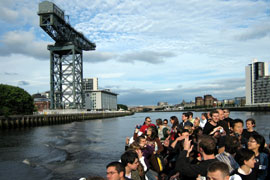
s.jpg)
s.jpg)

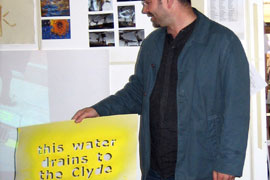
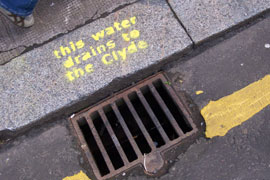
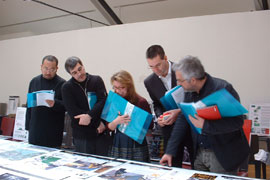
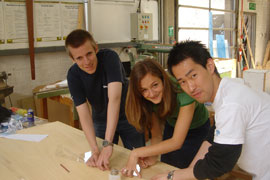



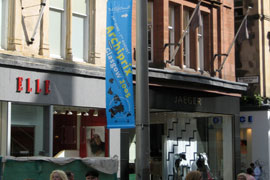



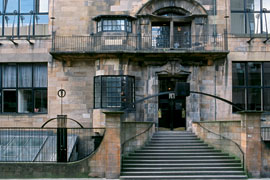
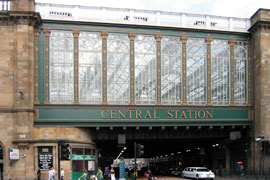
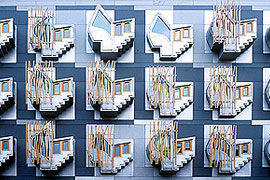
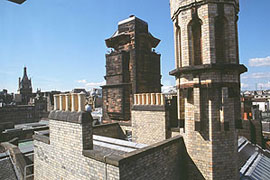
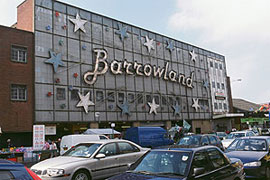
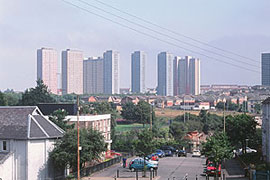
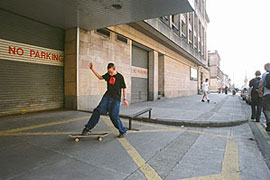

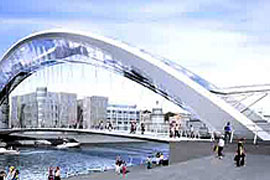
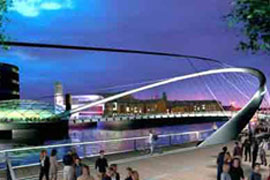
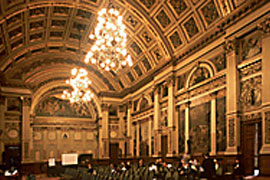
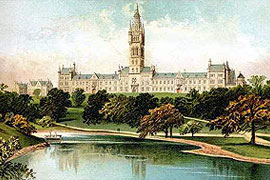
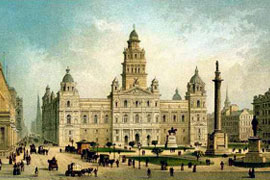
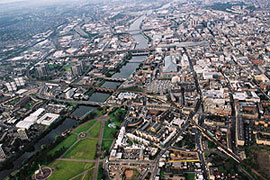
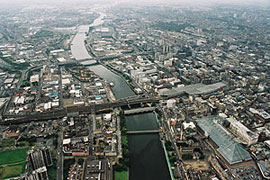
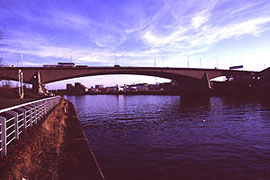

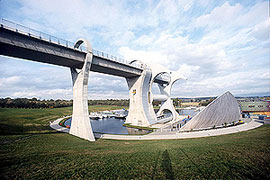
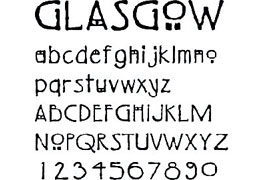
GLASGOW 2005
PROGRAM OVERVIEW EDITION 2005
To underline the international character of the Archiprix International, the most important activities are organized in a different country on each occasion.
The Archiprix International Glasgow 2005 is organised in cooperation with The Lighthouse, Scotland's Centre for Architecture, Design and The City. Here the main activities took place. The independent jury met in The Lighthouse in February 2005, the exhibition Archiprix International 2005 has been presented in The Lighthouse and the workshops and the Award Ceremony took place in Glasgow.
Jury
Winners
Nominees
Participants favourites
Exhibition Prague
Workshop Glasgow 2005
Film Glasgow
Who's your favourite architect?
The submitted projects were examined by an independent international jury chaired by Ian Gilzean, Principal Architect of the Scottish Executive. The jury further comprised: Bridget Baines, Scotland; Zvi Efrat, Israel; Hitoshi Abe, Japan, and Gilles Saucier, Canada. The jury studied the submitted projects and selected 18 nominations, from which six winners were chosen. The designers of the six best projects have received a Hunter Douglas Award.
The jury found the whole experience enjoyable as they were given an opportunity to see such a wide range of work from so many different places. Each judge was also from a different part of the world, which added to the experience. All the jury were pleased to see that there was a general shift away from projects dominated by fashionable graphic presentations to projects that were subtle and low-key.
[top]
Winners
Kiyoaki Takeda - Japan
> Continuum Body of Urban memory
Comments: This project succeeds in taking a traditional street pattern and handles it in a new way, creating a beautiful model.
Space is represented well, accentuating the quality of space. The visualization of the spaces is sophisticated. The project is very schematic and this is a good way of working through a project such as this.
The project creates complex and fragmented spaces which are relevant to contemporary needs by creatively re-using existing buildings and inventing new typologies.
Paula Julin - Finland
> A Prospective Vision of the Mouth of Tammerkoski
Comments: This project finds new ways of representing architecture, people are placed in front of the architecture thus re-emphasizing why we build.
The collage brings the viewer to the heart of the project. There are very clever urban spaces layered with evocative images. Therefore the architecture is the backdrop, it shows how life connects to the city.
The project also has a charming sense of humour.
Its strength is the focus on people's life's as the site plan itself is quite brutal. The presentation brings in human qualities.
Jens Mehlan , Jörg Hugo - Austria
> OsakaUrbanStation
Comments: This is the only winning project that deals with presentation as part of the project. It shows what has changed in recent years in terms of what technology allows us to do with built structures.
This project is a great achievement in terms of plasticity, it is articulated in a skilled way. Each section has been developed perfectly as if for possible construction. It uses technology to bring the project to a certain reality. The project feels real; it brings together, beautifully, a complex programme and spiritual metaphor, turned into reality.
The station divides Osaka; the only weakness of this project is that it doesn't show, at street level, how it connects with the city.
Marcella Campa, Stefano Avesani - Italy
> Microurbanism for Macrodensity. Beijing 700x800 for 35000
Comments: This project is a good example of what Archiprix is all about: a student from Venice has produced an exceptional project about Beijing in China. It advocates the importance of building cultural bridges.
This project encapsulates the connection between research, presentation, and real issues. It deals with how cities must address the loss of historical fabric. The project shows a mature understanding of the urban scale.
The project utilizes the methodological approach of mapping, achieving a clear solution through problem solving.
The project deals with complex issues affecting Beijing and other cities embarking on speedy and radical urban regeneration strategies. How do you allow sustained regeneration without wiping out the old?
This project illustrates how domestic life and scale relate to mega-urban scales, it is beautifully achieved. The relation of public and private spaces are well articulated - the basic architectural qualities. There are interesting explorations of cultural and domestic habits and rituals. These are important parts of the design and planning processes. It looks at how people live.
Emilie Bédard - Canada
> Silo-wet: a Laboratory for the Urban Body
Comments: This project uses a major industrial structure in Montreal. It touches on issues that all post-industrial cities need to be asking: should these structures be integrated and normalized, fetishized or destroyed? This project provides an answer to some of the questions. It is important that architectural schools reflect current issues.
The project reads the existing structure successfully and courageously making a strong intelligent intervention whilst still working with the monolithic scale.
Martin Cobas, Frederico Gastambide - Uruguay
> M SPA
Comments: This submission is an incredible and beautiful presentation. It shows development, exploration and detail. The project clearly communicates its strategy and the processes involved, the themes are an excuse for experimentation. The final object is a book that communicates every detail of the project. The communication of the project is an essential element.
This project demonstrates intelligence - textually and visually, it is architectural articulation at its very best, and it is consistent at all levels. The project invents a new and personal language, it is original in concept and delivery, and the clarity of thinking is illustrated through exceptional drawings, photographs, text, and graphics.
This project shows just how rich and pleasurable architectural work can be.
[top]
Tibor Tarcsay - Austria > les rives de paris
Kwok Wah Tung - China > Urban Hybrid
Tom Jenkins - England > Swimming in the Thames
Perrine Millet, Julien Monceyron - France > Durocortorum 2003
Marini Prasadika Samaratunga - Sri Lanka > Elephant Orphanage at Pinnawale, Sri Lanka
Mark van Beest - Netherlands > Hourglass
Andrea Goecke - England > Cute Politics
Pieter van Kruysbergen, Marjon Jongmans - Netherlands > Moscow Belgium
Bartosz Lewandowski - Poland > At the grandparents - appartaments for eldery persons in Warsaw
Apoena Amaral e Almeida - Brazil > Park Archaeological Museum - Engenho dos Erasmos
Liam Ross - Scotland > Between a Frown and a Spurred Heel: Park for Deposed Communist S
Katharina Rohde - Scotland > Caracas 23/01_Fabrica/ Ciudad Cultural
The participants of the Archiprix International selected their favourite projects:
Jens Mehlan , Jörg Hugo - Austria > OsakaUrbanStation (29 votes)
Tibor Tarcsay - Austria > les rives de paris (24 votes)
Neri Oxman - England > Performative Morphologies - the Vertical Helix (17 votes)
Niko Sirola - Finland > STONE SAUNA (17 votes)
Kwok Wah Tung - China > Urban Hybrid (15 votes)
Tom Jenkins - England > Swimming in the Thames (15 votes)
Mona Bayr - Austria > WATER SPACES (12 votes)
Kiyoaki Takeda - Japan > Continuum Body of Urban memory (12 votes)
Charles Jorgensen, Matthew Edwards, Sara Singleton, Lynielle Houston - United States > Perry Lakes Pedestrian Bridge (9 votes)
Archiprix International and Archiprix Netherlands
are presented at an exhibition in the Centre for Central European Architecture
U Pujcovny 4, 110 00 Praha 1, Czech Republic.
November 3rd till December 5th 2004
Wednesday till Sunday 2 till 7 pm, opening November 2nd at 7 pm
[top]

